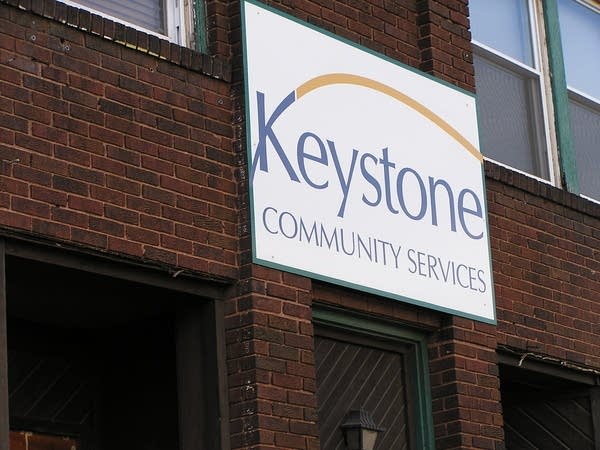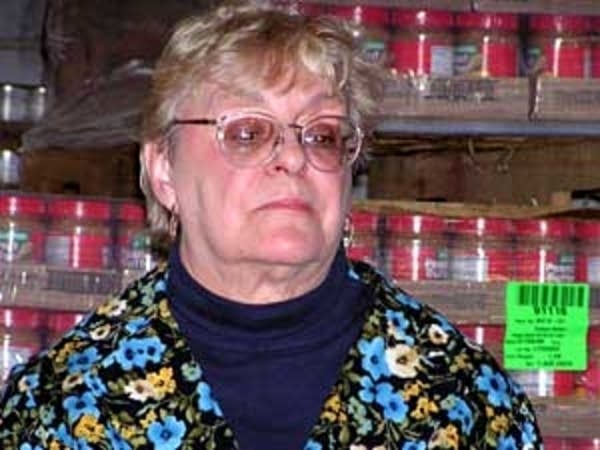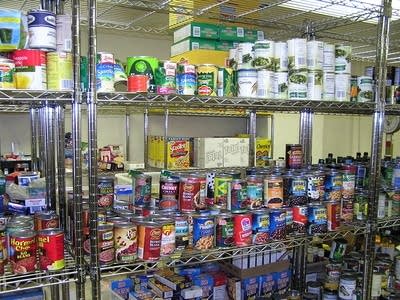More people using food shelves in Minnesota

Jane Brown, executive director of Second Harvest Heartland, says the 2006 Hunger in America Report dispels the myth that food shelves mainly serve homeless people or poor people who've been through a catastrophe, such as high medical bills or the loss of a job.
"Hunger has become more chronic. The evidence for that is 47 percent of respondents are working poor," says Brown.

Second Harvest Heartland serves 41 counties in Minnesota and 18 in Wisconsin. Brown says food shelves are seeing families coming in on a regular basis because they can't make ends meet.
"By the time they pay their rent and their utilities and their day care, and all of those other demands that they have to pay, the one variable is the food," says Brown.
Create a More Connected Minnesota
MPR News is your trusted resource for the news you need. With your support, MPR News brings accessible, courageous journalism and authentic conversation to everyone - free of paywalls and barriers. Your gift makes a difference.
The Hunger in America report is based on 52,000 face-to-face interviews with people seeking emergency food assistance across the country. It's billed as the most comprehensive study on hunger in the U.S.
The numbers show about 70 percent of the people seeking food assistance are living below the federal poverty line, and nearly 40 percent have at least one working adult in the household.

Roberta Reberts is the basic needs program manager for Keystone Community Services in St. Paul. She's been helping feed the poor for the past 20 years. Reberts says she's seen a change in the kinds people who are seeking help at her food shelf on University Ave.
In the 1980s, most of her clients were single, homeless men. She says many of those getting food today are working people, who don't get sick or vacation time with their jobs.
"We do have school bus drivers and school teacher aides that come in when there are school holidays, because they are not getting paid for those times. So their budget is much smaller," says Reberts.
The report from Second Harvest Heartland finds 20 percent of the people using food shelves are senior citizens on Social Security.
"It's the basics. Some canned goods and some meat and bread and that kind of thing," says Bob, who has used the food shelf at Keystone Community Services for six years.

Bob, who did not want his last name used, is a St. Paul retiree, who spent his career working in retail.
Bob says he depends on the food he gets from Keystone. He says his observations at the food shelf agree with the findings in the Hunger in America report.
"It's not just single people that are jobless, almost homeless. But it's families that are in between good luck," he says.
The report says more than 40 percent of those seeking food assistance say they are faced with choosing to pay for utilities or heating fuel and food. And 35 percent had to choose between paying for rent or a mortgage and food.
Nationally, more than 25 million Americans are receiving emergency food assistance each year. That number represents an 8 percent increase in food assistance since 2001.
According to the 2006 Hunger in America report, women and single parents are the largest groups that receive food assistance.
